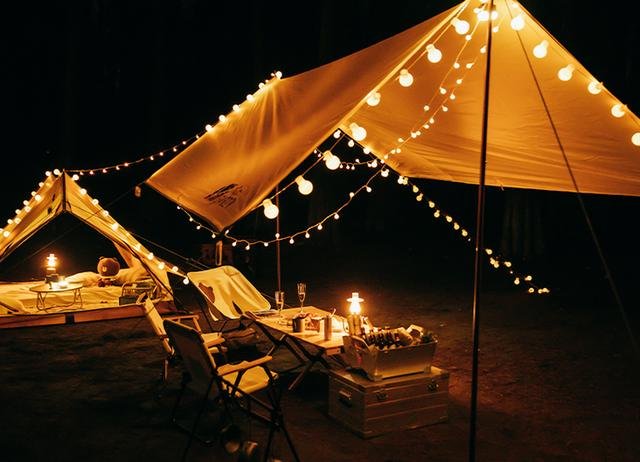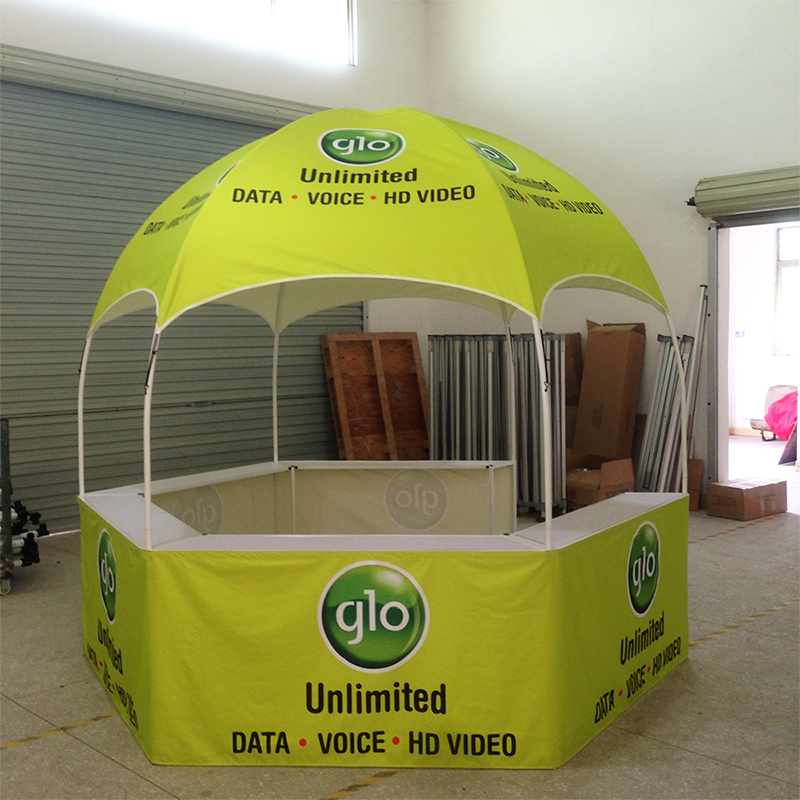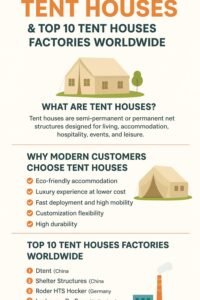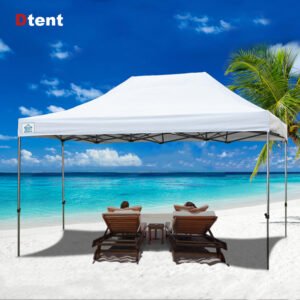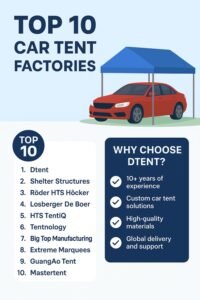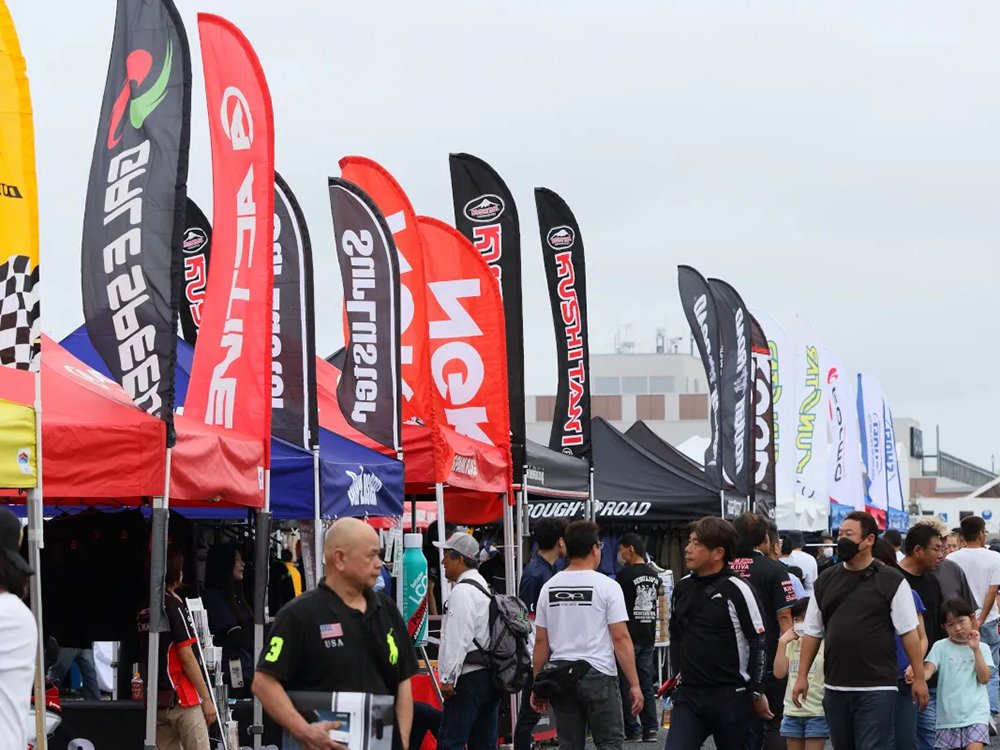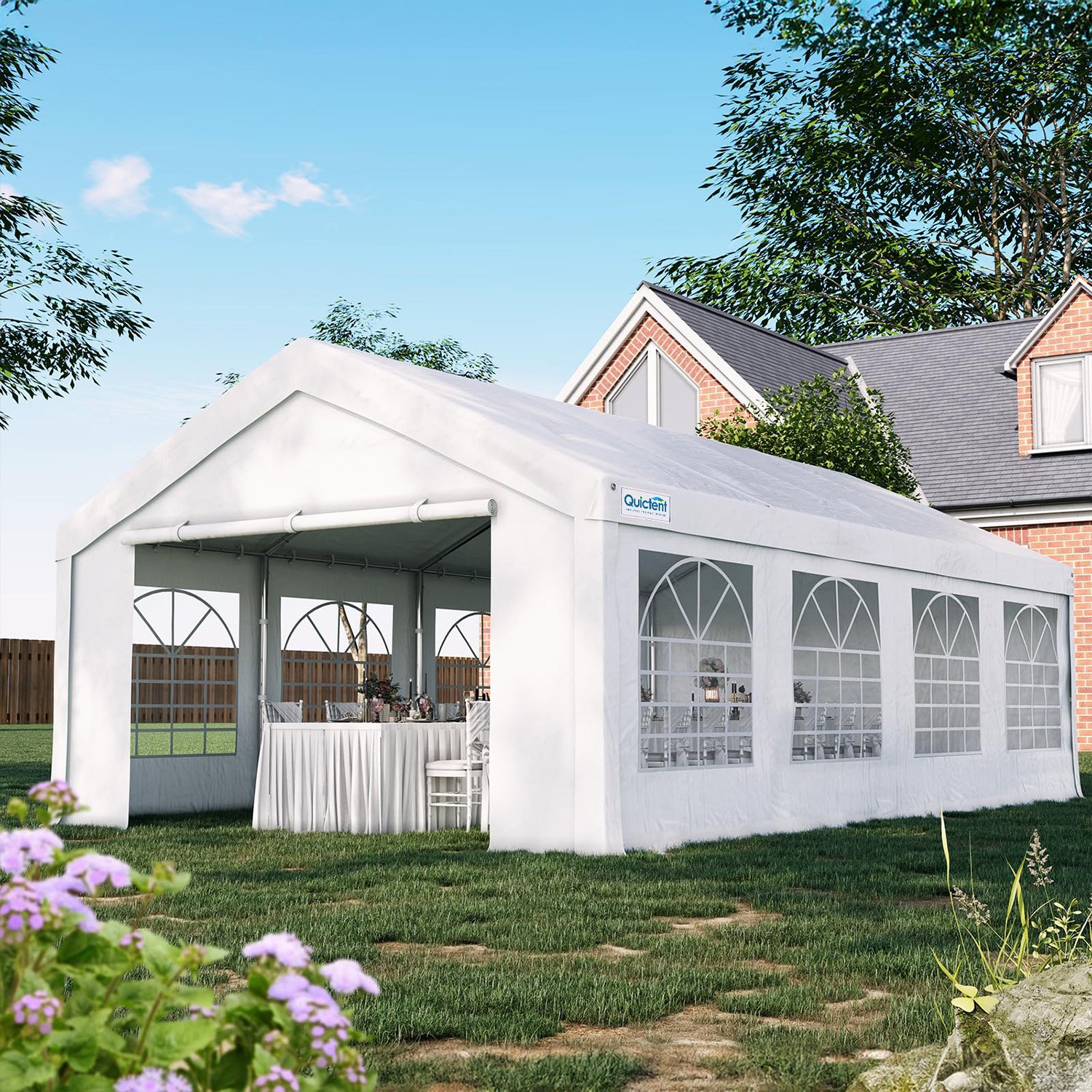Last Updated on 04/22/2025 by dtent.net
As a professional tent manufacturer with years of expertise in crafting high-quality shelters, we understand that purchasing a tent is an investment in comfort, safety, and adventure. However, the market is flooded with options, and not all tents are created equal. To empower you to make an informed decision, we’ve compiled this comprehensive guide outlining the 10 essential details to confirm before buying a tent. Whether you’re a first-time buyer or a seasoned camper, these insights will help you select a tent that aligns perfectly with your needs and ensures years of reliable performance.
1. Define Your Camping Style and Environment
Why it matters: The right tent depends on where and how you camp.
Questions to ask:
- Activity type: Are you backpacking, car camping, mountaineering, or attending a festival?
- Terrain: Will you camp in forests, deserts, mountains, or snowy regions?
- Seasonality: Do you need a tent for summer weekends, winter expeditions, or year-round use?
Key considerations:
- Backpacking: Prioritize lightweight, compact tents (e.g., ultralight nylon or Dyneema®).
- Family camping: Opt for spacious, durable tents with multiple rooms (e.g., cabin-style tents).
- Harsh climates: Choose 4-season tents with reinforced poles and snow skirts.
Pro Tip: Always check the manufacturer’s “intended use” description to avoid mismatches.
2. tent Capacity: Size vs. Comfort
Why it matters: Tent capacity labels (e.g., “2-person”) often reflect a tight squeeze, not comfort.
What to confirm:
- Floor dimensions: Measure the tent’s length, width, and peak height. For example, a “6-person tent” with a 10’x9’ floor may feel cramped for six adults.
- Livability: Look for vertical walls (e.g., cabin tents) for more headroom and usable space.
- Gear storage: Vestibules and internal pockets keep clutter organized.
Rule of thumb:
- For comfort, subtract 1–2 people from the labeled capacity (e.g., a 4-person tent for 2–3 adults).
3. Seasonality and Weather Resistance
Why it matters: A tent designed for summer festivals won’t survive a mountain blizzard.
Confirm these specs:
- Season rating:
- 1-season: Ultralight for calm, dry weather (e.g., beach festivals).
- 3-season: Most common; handles rain, wind, and mild snow.
- 4-season: Heavy-duty for snowstorms and high winds.
- Rainfly coverage: Full-coverage rainflies (vs. “partial” or “roof-only”) prevent leaks.
- Hydrostatic Head (HH): A waterproof rating of 1,500mm+ is ideal for rain.
- Seam sealing: Factory-taped seams are critical for waterproof integrity.
Example: The Hilleberg Nallo 2 (4-season) withstands storms, while the REI Co-op Half Dome SL 2+ (3-season) balances ventilation and rain protection.
4. Material Quality and Durability of tent
Why it matters: Tent materials determine longevity, weight, and weather resistance.
Key specs to verify:
- Fabric type:
- Nylon: Lightweight and tear-resistant but stretches when wet.
- Polyester: Less stretch, better UV resistance, and affordable.
- Canvas: Heavy but breathable and ultra-durable (ideal for glamping).
- Denier (D): Higher denier = thicker, heavier fabric (e.g., 20D for ultralight tents, 75D for family tents).
- Coatings: PU (polyurethane) or silicone coatings enhance waterproofness.
Ask the manufacturer:
- Is the fabric ripstop (reinforced against tears)?
- Does it include UV protection to prevent sun degradation?
-
Rated 0 out of 5
-
Rated 0 out of 5
-
Rated 0 out of 5
-
Rated 0 out of 5
5. tent Pole System: Strength and Design
Why it matters: Poles are the tent’s skeleton—weak poles collapse under stress.
Confirm:
- Material:
- Aluminum (e.g., DAC Featherlite): Lightweight and strong; ideal for most conditions.
- Carbon fiber: Ultralight but expensive (common in high-end backpacking tents).
- Fiberglass: Affordable but heavier and prone to splintering.
- Pole configuration:
- Dome tents: Good wind resistance but limited headroom.
- Geodesic tents:cross poles for extreme weather stability.
- Cabin tents: Vertical walls maximize space but catch wind.
Red flags:
- Thin, unbranded poles without warranty coverage.
6. Ventilation and Condensation Control
Why it matters: Poor airflow leads to stifling heat or damp, moldy interiors.
Look for:
- Mesh panels: Especially on doors, windows, and ceilings.
- Adjustable vents: For airflow customization in rain or cold.
- Double-wall design: Separates the inner tent (breathable) from the rainfly (waterproof).
Test in person:
- Zip up the tent and check for “chimney effect” ventilation (airflow from ground vents to top).
7. tent Weight and Packed Size
Why it matters: Critical for backpackers, less so for car campers.
Confirm:
- Trail weight: Includes tent body, rainfly, and poles (excludes stakes/accessories).
- Packaged weight: Total weight with all components.
- Packed dimensions: Ensure it fits your backpack or vehicle.
Ultralight vs. Heavy-Duty Trade-Off:
- A Zpacks Duplex (19 oz) saves weight but sacrifices stormworthiness.
- A Nemo Wagontop 6P (23 lbs) prioritizes comfort over portability.
8. tent Setup Complexity and Freestanding Design
Why it matters: Frustrating setups ruin trips for beginners.
Key questions:
- Freestanding or not: Freestanding tents (e.g., Big Agnes Copper Spur HV UL2) hold shape without stakes; non-freestanding (e.g., Durston X-Mid 2P) require precise staking.
- Color-coded poles/clips: Simplifies assembly.
- Setup time: Practice pitching the tent at home.
Manufacturer’s tip: Look for “fast-pitch” modes (rainfly-first setup in rain).
-
Rated 0 out of 5
-
Rated 0 out of 5
-
Rated 0 out of 5
-
Rated 0 out of 5
9. Brand Reputation and Warranty
Why it matters: Established brands invest in quality control and customer support.
What to confirm:
- Warranty: Does the brand offer a lifetime warranty (e.g., Hilleberg) or limited coverage?
- Reviews: Check platforms like REI, Backcountry, and Reddit for long-term durability feedback.
- Ethics: Does the brand prioritize sustainability (e.g., recycled materials, fair labor)?
Top brands we recommend:
- MSR: Stormworthy designs for backpackers.
- Big Agnes: Balances comfort and weight.
- Nemo: Innovative features like built-in light pockets.
10. tent Price vs. Value
Why it matters: The cheapest tent may cost more in repairs or replacements.
Budget tiers:
- 100–100–300: Basic family tents (e.g., Coleman Sundome) or entry-level backpacking tents.
- 300–300–600: Lightweight, durable options (e.g., MSR Hubba Hubba NX).
- $600+: Premium materials for expeditions (e.g., Hilleberg Soulo).
Value-added features:
- Modularity: Gear lofts, footprints, and dividers.
- Eco-friendly materials: Recycled fabrics or non-toxic coatings.
Bonus: Pre-Purchase Checklist
Use this checklist to compare tents side-by-side:
| Detail | Tent A | Tent B |
|---|---|---|
| Capacity (comfort) | ||
| Seasonality | ||
| Weight (trail/packaged) | ||
| Pole material | ||
| Rainfly coverage | ||
| Ventilation design | ||
| Warranty length | ||
| Price |
Why Trust Us?
As a professional tent manufacturer, we adhere to stringent quality standards:
- Material testing: Fabrics and poles undergo stress tests for tear resistance, UV degradation, and waterproofness.
- Real-world simulations: Tents are exposed to wind tunnels, rain chambers, and extreme temperatures.
- Customer feedback loop: We refine designs based on user experiences from mountaineers, backpackers, and families.
Buying a tent is a balance of science and art
Buying a tent is a balance of science and art—matching technical specifications to your unique adventures. By confirming these 10 critical details—from seasonality and materials to brand trust and value—you’ll avoid costly mistakes and invest in a shelter that becomes a trusted companion.
At [Your Company Name], we’re committed to crafting tents that exceed expectations. Explore our collection, and feel free to contact our team for personalized recommendations. Happy camping, and may your next tent unlock countless memories under the stars

